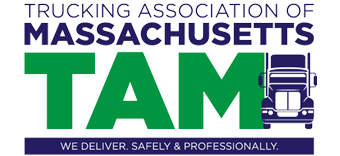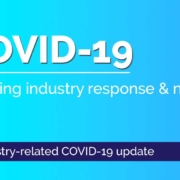Second COVID-19 relief package expected soon
The US House of Representatives is set to pass a second COVID-19 relief package – totaling about $900 billion – on Monday night [Dec. 21]. The coronavirus relief is wrapped into a $2.4 trillion spending package. From Forbes.
This proposed bill is being enacted to correct a number of problems that PPP borrowers have had, and also opens the door to new opportunities for borrowers who were not treated as well under the previous program.
The broad parameters concerning the business side of the legislation are generally not surprising, though there are important details still outstanding:
- PPP first and second draw loans are included . It appears there will be a $284 billion pot for all PPP loans. The maximum loan size for any PPP loan will be $2 million. Additional qualifying expenses for PPP loan forgiveness include computing software to enable remote work for employees, property damage from the public unrest earlier this year, supplier costs of essential goods or services in effect at the time the PPP loan was applied for, and costs related to PPE and adaptive investments made to comply with local governmental mandates. Authority for the SBA to issue PPP first and second loans expires March 31, 2020. PPP loans that are under $150,000 shall have a simplified loan forgiveness application.
- In order to qualify for a second draw PPP loan, a business may not have more than 300 employees, have spent or will spend their first PPP loan, and demonstrate at least a 25% reduction in gross receipts against same 2019 quarter.
- The bill allows businesses to deduct expenses associated with their forgiven PPP loans- though we are not sure if there’s a cap on the size of the loan that you can be permitted to deduct (I saw one report of a $150k cap, which wouldn’t be great for us)
- PPP eligibility expanded to 501(c)(6) entities with some restrictions. A 501c6 is eligible for a PPP loan if it does not receive more than 15% (up from 10% in “908” of its receipts from lobbying. Lobbying activities cannot compromise more than 15% of the activities of the entity, and the cost of lobbying activities of the organization did not total more than $ 1 million during the most recent tax year that ended Feb. 15, 2020. Finally, to be eligible for a PPP loan, a 501(c)(6) cannot have more than 300 employees.
- Business meals will be fully deductible for the next two years (2021-2022). Currently there is only a 50% deduction for such expenses.
- The Employee Retention Credit is extended to June 30, 2021. Beginning in January 2021, the new credit rate rises from 50% to 70% of qualified wages. The legislation also expands eligibility for the credit by reducing the required year-over-year gross receipts decline from 50% to a 20% decline.
- The agreement would also temporarily allow people receiving the Earned Income Tax Credit and the refundable portion of the Child Tax Credit to use their 2019 incomes when applying for the payments. Because the credits are linked to how much people earn, that would help those who’ve seen their incomes fall in the wake of the pandemic.
- Direct payments: Individuals making up to $75,000 a year will receive a payment of $600, while couples making up to $150,000 will receive $1,200, in addition to $600 per child. The deal also makes the stimulus checks more accessible to immigrant families.
- Employers who receive Paycheck Protection Program (PPP) loans may still qualify for the ERTC with respect to wages that are not paid for with forgiven PPP proceeds . This is retroactive to enactment of the CARES Act.



